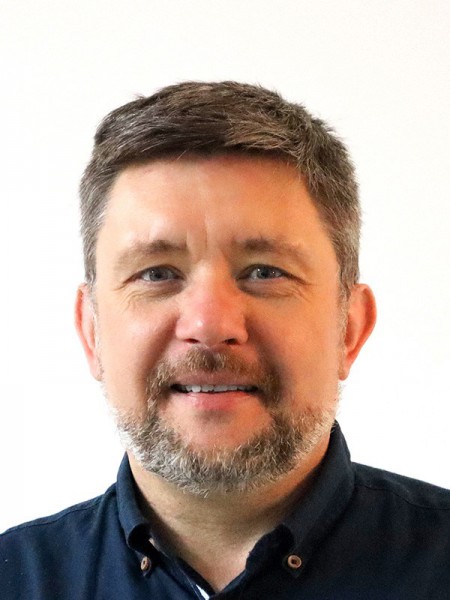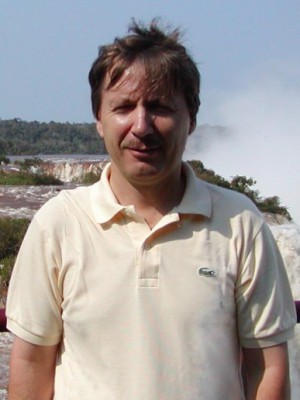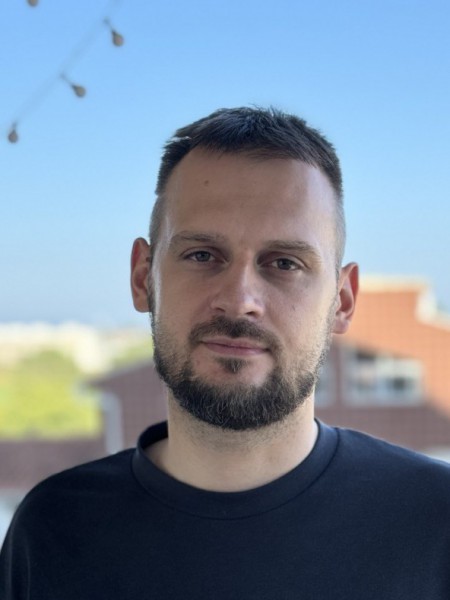abstract
In this contribution, a correlative confocal Raman and scanning probe microscopy approach was implemented to find a relation between the composition, lithiation state, and functional electrochemical response in individual micro-scale particles of a LiMn2O4 spinel in a commercial Li battery cathode. Electrochemical strain microscopy (ESM) was implemented both at a low-frequency (3.5 kHz) and in a high-frequency range of excitation (above 400 kHz). It was shown that the high-frequency ESM has a significant cross-talk with topography due to a tip-sample electrostatic interaction, while the low-frequency ESM yields a response correlated with distributions of Li ions and electrochemically inactive phases revealed by the confocal Raman microscopy. Parasitic contributions into the electromechanical response from the local Joule heating and flexoelectric effect were considered as well and found to be negligible. It was concluded that the low-frequency ESM response directly corresponds to the confocal Raman microscopy data. The analysis implemented in this work is an important step towards the quantitative measurement of diffusion coefficients and ion concentration via strain-based scanning probe microscopy methods in a wide range of ionically active materials.
keywords
ATOMIC-FORCE MICROSCOPY; LITHIUM-ION DIFFUSION; THIN-FILM CATHODE; ELECTROCHEMICAL STRAIN; ACTIVATION-ENERGY; BATTERY CATHODES; NANOSCALE; TRANSPORT
subject category
Materials Science
authors
Alikin, D; Slautin, B; Abramov, A; Rosato, D; Shur, V; Tselev, A; Kholkin, A
our authors
Projects
CICECO - Aveiro Institute of Materials (UID/CTM/50011/2019)
Degradation in Li-batteries: a Scanning Probe Microscopy Approach (LI-SPM)
acknowledgements
Confocal Raman and scanning probe microscopies were performed at the Ural Federal University (UrFU). This part of the research was made possible by the Russian Science Foundation (Grant 17-72-10144). The equipment of the Ural Center for Shared Use Modern nanotechnology UrFU was used. This work was developed within the scope of the project CICECO-Aveiro Institute of Materials, FCT Ref. UID/CTM/50011/2019, financed by national funds through the FCT/MCTES. The work was financially supported by the Portuguese Foundation for Science and Technology (FCT) within the project PTDC/CTM-ENE/6341/2014.




